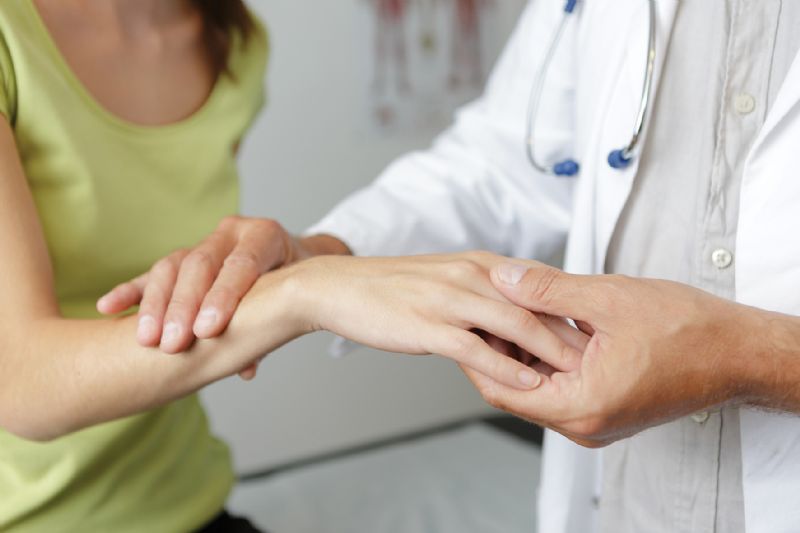- Home
- News, Articles & Reviews
We are hiring! Please click here to join our growing magazine delivery team in Gloucestershire!

Raynaud's Syndrome
All Areas > Health & Beauty > Medical Health
Author: Kirsty Lilley, Posted: Thursday, 23rd November 2023, 09:00
Raynaud’s syndrome affects the small blood vessels in the fingers and toes, causing spasms which limit blood flow to the affected area. This can lead to symptoms such as skin colour changes, cold skin and the sensation of pins and needles. It can also affect vessels in the nose, lips, and ear lobes.
During an attack, which usually lasts around 15 minutes, capillaries tighten more than they should, usually in response to cold temperatures or stress. The skin in the affected area turns white, then blue as a result. As the blood vessels relax and open once more the skin may become red and develop a tingling sensation.
There are two different types of the syndrome: primary and secondary. Primary tends to be less serious and patients can generally manage their symptoms well, which reduces the impact on their daily life.
Those who experience secondary Raynaud’s have more serious symptoms and the cause is connected to an autoimmune condition such as scleroderma or lupus. The syndrome will need more careful management, especially to prevent the complications of ulceration or sores.
Treatment
After diagnosis – usually done by a thorough examination and medical history undertaken by the GP – the focus will be on preventing further attacks, helping to reduce the severity of attacks and improving the patient’s quality of life. For secondary Raynaud’s, GPs will look to treat the underlying condition or disease, and to prevent skin ulcers and tissue damage.
For many people, lifestyle changes are enough to manage the condition successfully and they might include:
• Avoiding cold air spaces such as cold food aisles or extreme air conditioning.
• Avoiding touching cold objects such as cold glasses of water or cold metal surfaces.
• Wearing appropriate, warm clothing in the winter months.
• Learning to manage stress and strong emotions, which can often trigger an attack.
If you have a more severe type of Raynaud’s, you may need medication, which is prescribed and may include:
• Calcium channel blockers, which help the smallest blood vessels to relax and open up.
• Alpha blockers, which counteract the hormones that may typically constrict the blood vessels.
• Nitroglycerin skin ointment, which helps to heal skin ulcers that may develop because of the syndrome.
Prevention
There is nothing you can do to prevent Raynaud’s syndrome, but once diagnosed the prognosis and outlook for primary Raynaud’s is positive. By learning to manage symptoms, and understanding and recognising triggers, most people go on to lead a healthy life, as the condition is not life threatening.
Managing an attack
Be proactive and don’t assume the attack will recede on its own. Here are a few suggestions:
• Immediately move to a warmer space if possible.
• Massage the affected area.
• Run warm (not hot) water over your fingers.
• Put your hands under your armpits to warm up.
• If stress triggers your attacks, learn some deep breathing exercises to relax.If you are concerned or recognise any of the symptoms, please speak to your GP.
Copyright © 2026 The Local Answer Limited.
Unauthorized use and/or duplication of this material without express and written permission from this site's author and/or owner is strictly prohibited. Excerpts and links may be used, provided that full and clear credit is given to The Local Answer Limited and thelocalanswer.co.uk with appropriate and specific direction to the original content.More articles you may be interested in...


© 2026 The Local Answer Limited - Registered in England and Wales - Company No. 06929408
Unit H, Churchill Industrial Estate, Churchill Road, Leckhampton, Cheltenham, GL53 7EG - VAT Registration No. 975613000You are leaving the TLA website...
You are now leaving the TLA website and are going to a website that is not operated by us. The Local Answer are not responsible for the content or availability of linked sites, and cannot accept liability if the linked site has been compromised and contains unsuitable images or other content. If you wish to proceed, please click the "Continue" button below:




